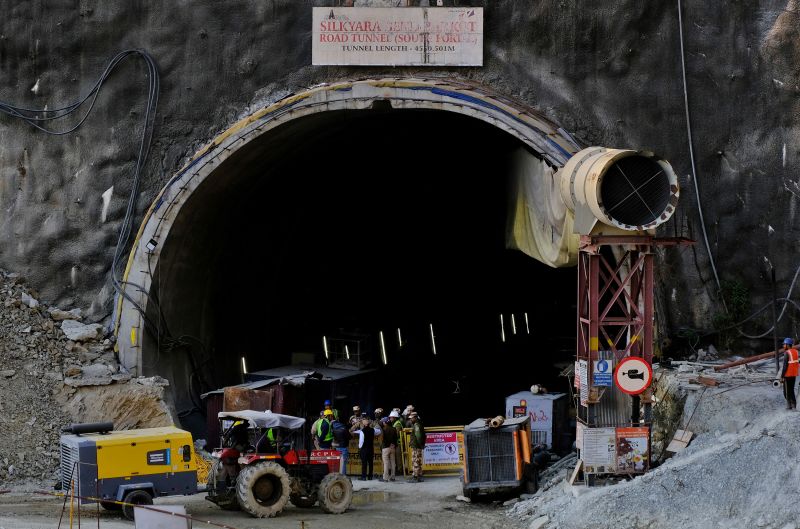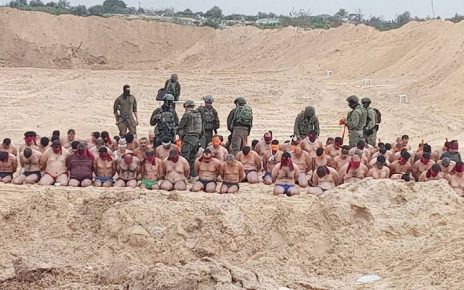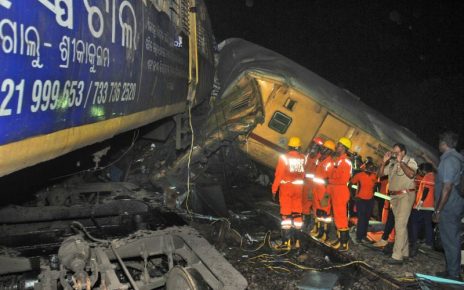
As the search and rescue efforts for those trapped in the Tapovan tunnel collapse in India passed the one-week mark, rescue teams have changed their approach to the operation.
The rescue teams have switched from breaking down the rubble and debris by hand to using earth-moving machines and more sophisticated technology to help speed up the process.
Previously, signals were heard coming from five different locations inside the tunnel, and rescuers were using thermal imaging cameras and drills to reach those known to be trapped. It is believed that around 30-40 people are still missing.
With the heavy machinery, rescuers are now digging deeper into the rubble with a focus on widening the area around the opening to the tunnel entrance to make it easier to access trapped victims. They have also installed cranes to facilitate moving large pieces of debris away from the entrance.
The rescuers are now also focusing their efforts on de-watering the tunnel complex, with water levels currently at chest-level in parts. Rescuers are using pumps and special suction devices to reduce the water levels.
The manpower remains the same, consisting of police and paramilitary forces, as well as local volunteers and disaster response personnel.
The head of India’s National Disaster Response Force (NDRF), Satya Pradhan, said the rescue teams are doing all they can to save as many lives as possible and that hope remains that those trapped inside the tunnel will be found alive.



